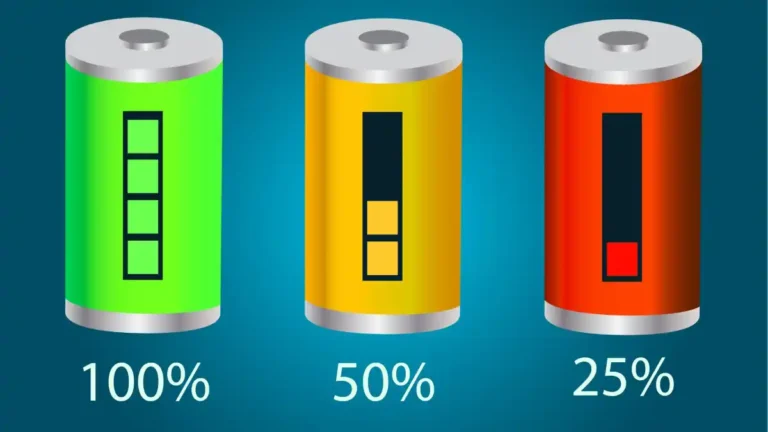From Ponzi’s stamps to Aramco’s wells — the faith that fuels every fortune
In 1920, an Italian immigrant named Charles Ponzi convinced thousands of New Englanders that the path to fortune was paved with postage stamps. He promised them a 50% return in 90 days — a figure so absurd that it could only have been believed by those desperate to feel clever. To sustain the illusion, he paid old investors with new money, each payout a hymn to confidence. At the height of his fraud, he was raking in the equivalent of three million dollars a day.
When the trick collapsed, the world gave the game his name: the Ponzi scheme.
The easiest person to con is the one who wants to believe. The only one easier is the man who believes himself too smart to be fooled. When I was young, a friend of my father’s went through a rough patch and resorted to selling dubious roofing contracts — not outright scams, but close enough to make the distinction academic. One day, he bragged to my father that he’d hired a lawyer. My father asked if the lawyer hadn’t noticed the stench of deceit. The man smirked and said, “The easiest victims are the ones full of themselves.”
This post first appeared in 2019, back when I still entertained hope that rational arguments might sway public sentiment. I’ve since remastered it—sharpened the edges, clarified the threat, and realigned it with the Grimwright ethos: use what works, discard the rest, and always—always—question the narrative. The date remains unchanged as a historical marker. The content does not.
But of course, you wouldn’t fall for a Ponzi scheme. You’re not one of those credulous fools who handed money to Madoff. You’re not part of the Vivendi herd. You’re sharper than that — right? You’d smell the rot before the curtain fell. Wouldn’t you?
Let’s test that conviction.
What’s the grandest, most trumpeted investment opportunity of our time? The sale of five percent of Saudi Aramco — the so-called crown jewel of the desert. The biggest company. The biggest IPO. The biggest bonuses. Every headline drips with superlatives. This, we are told, is the mother of all opportunities.
But numbers, like prophets, are only as honest as their congregation.
Saudi Aramco has existed, in one form or another, for over half a century. It has turned Saudi Arabia from a windswept afterthought of the British Empire into the collective wet dream of every aspiring tycoon. A century ago, Arabian princes were synonymous with camels, sand, and romantic hardship. Today, they conjure images of private jets with gold bathrooms and zoos in the sky.
All this because of one company.
It’s the kind of legend that stifles skepticism. The more magnificent the myth, the fewer questions anyone dares to ask. The assumption — that this will be the biggest payday in history — becomes a gospel truth, and as always, the priests of finance are happy to collect the tithes.
Western bankers play their part: hyping the golden calf with glossy brochures and valuation models thicker than a royal wedding invitation. Financial journalists gush over the numbers as if struck by revelation. Even the most sober analysts find themselves salivating over “once-in-a-lifetime opportunities.” Ponzi had his stamps; the Saudis have their reserves. The mechanism is the same. The urgency, too — for nothing loosens the rational mind like the suggestion that this is the last great chance to get rich.
Ponzi’s empire lasted mere months, undone not by conscience but by arithmetic. He simply ran out of other people’s money. A national oil company is a different creature entirely — slower, heavier, more bureaucratically armored.
Take Al Ghawar, Saudi Arabia’s legendary oil field. Eighty years in continuous production, and still billed as inexhaustible. Its output alone eclipses that of entire OPEC nations. But after so many decades, one must ask what lies beneath the surface besides sand and optimism. Fields that age don’t stay young forever, and no amount of statistical perfume can mask depletion forever.
If the world ever began to doubt those reserve figures — or the supposedly rock-bottom production costs — Aramco’s valuation would dissolve faster than mirage water. Yet the façade holds, because too many powerful people need it to hold. Shale oil has already rewritten the global equation, and the once bottomless Saudi treasury is beginning to show a floor. What investors demand to see are miracles, and what they’re given are spreadsheets that supply them.
But don’t imagine a sinister cabal pulling the strings. The reality is both more banal and more tragic. Every sufficiently large organization becomes political — not in the sense of elections, but of factions, loyalties, and internal deception. Somewhere beyond fifty employees, the rot begins. People stop working for the mission and start working for their own survival. Truth becomes optional, then inconvenient, then extinct.
Errors are hidden, numbers massaged, liabilities reclassified. Each layer of management adds its own varnish. The result is a glossy accumulation of half-truths, each one laid over the last like sediment in a dying delta. Eventually, the structure groans under its own dishonesty.
When the weight becomes intolerable, someone new is brought in to “clean house.” Heads roll, departments merge, reports are rewritten. Sometimes the company survives; sometimes it’s liquidated. Either way, reality reasserts itself — until the next generation builds the next illusion.
Public bureaucracies follow the same pattern, except they can’t go bankrupt. Their punishment is to endure themselves forever.
A Ponzi scheme has a conductor; a bureaucracy plays itself on autopilot. Both follow the same human rhythm: self-preservation over truth, optics over substance.
So how does one clean up such a mess? By exposing every layer of it — which is to say, almost never. Smaller, entrepreneurial structures can sometimes confront their delusions. Giant entities like Saudi Aramco never have to. When you drown in cash flow, the corpses of bad data never surface. Flow rates get polished, reserve numbers prettied up, and “production costs” sculpted until they fit whatever model the bonus structure demands.
From the lowest technician to the highest minister, everyone plays the game. Everyone knows, and no one wants to know. The external auditors, consultants, and bankers all nod along — too dependent on the fees to risk heresy. By the end, nobody can distinguish what’s true from what’s been true enough.
To find the truth, you’d have to start from zero, discarding every piece of inherited information as tainted. But that won’t happen. Not when investors prefer pretty lies to ugly numbers. Not when bonuses depend on make-believe. Those deciding where to throw billions are gambling with other people’s chips — and gamblers always need someone, or something, to blame.
That’s why we have “models.”
In corporate finance, as in religion, formulas serve as absolution. The algorithm did it. The model said so. The data confirmed it. Until, of course, it didn’t. Then everyone shrugs and claims the unforeseeable happened. No one’s at fault. It was the model, the market, the magic of volatility. Anything but human error.
What they crave isn’t accuracy — it’s deniability. The ability to say, “Don’t look at me. The numbers made me do it.”
But the numbers never make anyone do anything. People make choices, then build models to justify them. It’s always us — with our greed, our fear, our desperate wish to believe that the orchestra will never stop playing.
Ponzi’s illusion collapsed when the money ran out. What happens when the oil runs out — or worse, when belief in its abundance does?
When I worked in energy trading, I watched grown men worship their models like sacred idols. They’d point to their spreadsheets the way a witch doctor points to his bones. Both sell the same thing: a story.
So did Ponzi. So does Aramco.
The product isn’t oil. It isn’t even money. It’s belief.
And when the music stops — as it always does — what, then, is your valuation?




